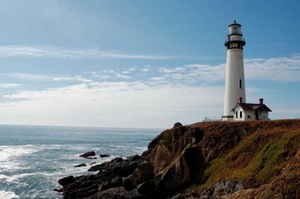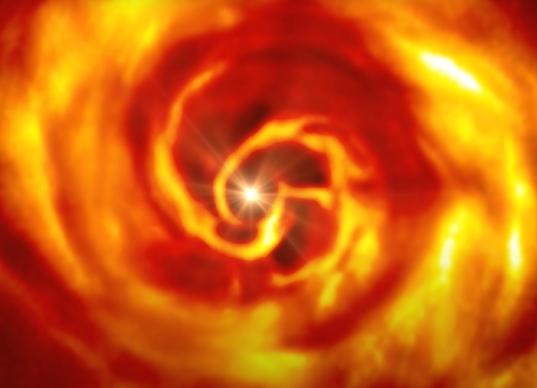DEFORESTATION
Deforestation and forest degradation are both a cause and a result of climate change. Plants absorb carbon dioxide and use it to grow, but when they decay or burn the carbon dioxide is released again. Decaying plants also produce methane, a greenhouse gas more potent than carbon dioxide.
Скачать:
| Вложение | Размер |
|---|---|
| 1.31 МБ |
Предварительный просмотр:
Подписи к слайдам:
Слайд 1
DEFORESTATION Shukova DashaСлайд 2
So deforestation and forest degradation are doubly damaging, because greenhouse gasses are released (e.g. through forest fires, or using the cut trees as firewood), while at the same time the number of carbon dioxide absorbing trees are reduced. Thirty percent of the carbon dioxide added to the atmosphere over the past 150 years is thought to come from deforestation, but this is a small amount compared to what is still stored in forests. The Canadian and Russian boreal forests alone hold 40 percent of the world's carbon stocks. Deforestation and forest degradation are both a cause and a result of climate change. Plants absorb carbon dioxide and use it to grow, but when they decay or burn the carbon dioxide is released again. Decaying plants also produce methane, a greenhouse gas more potent than carbon dioxide.
Слайд 3
How climate change is hurting forests Changes in temperature ranges and precipitation can harm forests. Droughts and forest fires are expected to increase due to climate change. Forest fires can be a normal part of forests - they clear dense brush and are part of some species lifecycle. However, forests over stressed by human activity and drought can also be devastated by them. There are already indications that the Amazon is drying out, which could lead to a dangerous feedback of fires and desertification. Invasive insect species may also damage forest health. Insects play a role in boreal ecology - they decompose litter, supply food for birds and small animals, and eliminate diseased trees. But insect attacks are likely to increase in frequency and intensity as established forests succumb to the physiological stress associated with warmer, drier conditions. As the Arctic warms, some invasive insect species, which the colder climate normally helps hold in check, are already increasing in population.
Слайд 4
What can we do It's worth noting that proper sustainable forestry practices do not cause a net increase of carbon dioxide in the atmosphere because a new tree is grown for every one cut down. By contrast, clear cutting and converting forestland into to urban areas has a very high negative impact - because the forest is destroyed and replaced with heat absorbing pavement and buildings. Obviously, re-forestation, sustainable logging and protecting ancient forests are essential to not increase the pace of climate change further - so long as these forests are not destroyed later (by future logging, forest fires, etc.). However, to prevent dangerous human induced climate change, we need to address the main cause - the burning of fossil fuels and the release of industrial greenhouse gasses into the atmosphere.
Слайд 5
Help protect the world's ancient forests by buying only Forest Stewardship Council (FSC) certified wood, and products with post-consumer recycled content. You'll be saving vital habitat, and doing good by the climate at the same time.
Слайд 6
Thank you

Два морехода

Туманность "Пузырь" в созвездии Кассиопея

Астрономы наблюдают за появлением планеты-младенца

Весенние чудеса

Украшаем стену пушистыми кисточками и помпончиками